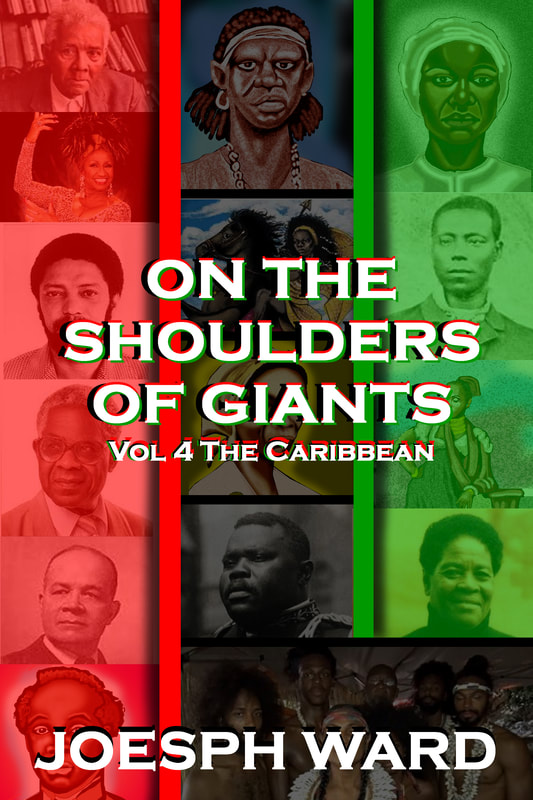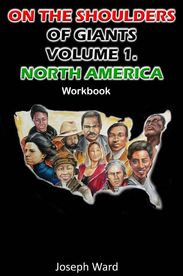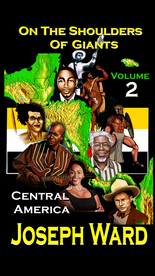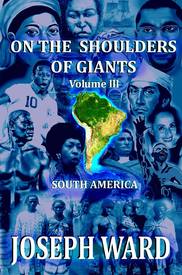|
6/9/2022 He Escaped Slavery & Created A Free Black Settlement In Canada | Rev. Josiah HensonRead NowIn June of 1789, Josiah Henson was born into slavery on a plantation in Port Tobacco, Charles County, Maryland. Henson’s father was enslaved by a man named Francis Newman. Dr. Josiah McPherson was the owner of Henson, his siblings, and his mother. One of Henson’s earliest memories was witnessing his father being given 100 lashings by his owner for fighting off an overseer attempting to sexually assault his wife. In addition to the 100 lashings, his ear was nailed to a post and then cut off. Henson’s father was later sold away to a plantation in Alabama, never seeing his family again. Henson, his siblings, and his mother experienced harsh treatment from the overseers on the McPherson plantation. McPherson routinely and violently abused Henson himself. He suffered broken bones in his arms and back and was often badly bruised. Henson received this type of treatment until the day McPherson died. Soon after McPherson’s death, Henson and his family were sold on an auction block. Henson’s brothers and sisters were sold away, followed by his mother who was purchased by a man named Issac Riley living on a plantation in Montgomery County, Maryland. Henson’s mother pleaded with Issac Riley to purchase her son. Riley responded by punching and kicking Henson’s mother. Josiah Henson was purchased by a man named Adam Robb in Montgomery County, Maryland. Henson became very sick soon after being purchased by Adam Robb, so sick that it was believed he would die. Henson’s mother pleaded with Issac Riley to purchase her son so she could be with him if they believed he would die. Riley and Robb came to an agreement of Riley taking Henson for free so he could die with his mother. Despite what many believed, Henson survived his illness and fully recovered. He recovered so well that he became one of the best and most trusted workers on the Riley plantation. He became a plantation manager and was even trusted to sell produce from the plantation at nearby markets. Henson and his family did receive harsh treatment on the Newman plantation. On one hand, Henson was trusted by his owner, but on the other, he was also beaten and treated less than human. He was beaten for attempting to learn to read, but he also was able to mix and mingle with various types of businessmen and preachers while selling produce for his owner. Henson was being punished for learning to read and write, but he was receiving a hands-on education in the school of life. A white minister who owned a farm helped Henson somewhat learn to read and preach. Henson would use the reading skills he gained to help himself memorize Bible verses. The minister took a liking to Henson, and in addition to helping him learn to read, the minister collected $350 from other ministers and gave it to Henson to buy his freedom. During the time of Henson learning to read and being given $350 towards his freedom, the Riley plantation was going broke and needed money. In 1825, Riley told Henson to travel to Kentucky and sell 18 slaves to his cousin, but it was a plot to cheat Henson out of his $350 and sell Henson to one of Riley’s cousins in New Orleans. Amos was the name of Issac Riley’s cousin who was tasked with selling Henson, Amos became sick with malaria before he could sell Henson. At the time Henson and Amos were traveling between the Riley plantations when Amos contracted Malaria. Henson made a humaine decision to not leave Amos to die but to load Amos onto a steamship sailing North towards Maryland. Henson remained on a Riley plantation in Kentucky for five years. 1830, was the year Josiah Henson and his family escaped the Riley plantation for good. They traveled at night and slept during the day, making the 600-mile journey to Canada from Kentucky. The 600-mile trip to freedom was grueling. Henson and his family were severely exhausted. They needed food and water. At one point Henson’s wife fainted from exhaustion. They received food and water from a Native American tribe. The Henson family also received help across Lake Ohio, and help from a man named Captain Burnham to sail from Buffalo, New York into Upper Canada. In October of 1830, Josiah Henson and his family became free of enslavement and able to live as full human beings. Living in Upper Canada as a free man, Henson was determined to use his freedom to help as many people gain their freedom as he could. He toured Britain as a speaker against slavery. He used the tour to gain supporters for the abolishment of slavery, but he was also raising funds to purchase land in Canada to create a free black settlement. With funds gained from the speaking tour and support from abolitionists in the U.S. and Brittian, Henson was able to purchase The Dawn Settlement, in the Dawn Township Kent County, Ontario, Canada. The Dawn Settlement sat on 200 acres of land. The people of the Dawn Settlement sold lumber, produce, and other goods to sustain themselves. Henson was able to buy an additional 200 acres next to the Dawn Settlement to build a home for his family. The Dawn Settlement contained a desegrated school, a sawmill, and a mason shop. At the apex of the Dawn Settlement, the population reached over 500 people. Using the skills he learned while enslaved, Henson became a methodist preacher and continued speaking out against slavery. Henson served in the Canadian army during the 1837 Canadian Rebellion, becoming the leader of an all-black militia. He led the militia to capture a rebel ship and helped to cut off supplies to Canadian rebels in Upper Canada. As Henson aged, he and his family remained in the Dawn Settlement, and a number of black people returned to the United States after slavery was abolished. During Henson’s life, he faced a lot of violence and trauma, but he also took freedom into his own hands, leading him to help others become free. Henson published his autobiography in 1849 titled, The Life of Josiah Henson, Formerly a Slave, Now an Inhabitant of Canada, as Narrated by Himself. Henson’s life and autobiography were very influential, so influential that Henson became the person that the character Uncle Tom was based on in the book Uncle Tom’s Cabin by Harriet Beecher Stowe, published in 1852. Henson released an expanded version of his autobiography following the release of Uncle Tom’s Cabin titled, Truth Stranger Than Fiction. Father Henson's Story of His Own Life. In 1876, Henson released an updated version of his autobiography Uncle Tom's Story of His Life: An Autobiography of the Rev. Josiah Henson. Josiah Henson died in May of 1883 in Dresden, Ontario, Canada, leaving behind a legacy of servitude, leadership, overcoming trauma, and freedom. To Rev. Josiah Henson, we proudly stand on your shoulders. J.A. Ward Click here to support the OTAOG book series. References: https://www.theguardian.com/books/2020/jun/19/josiah-henson-the-forgotten-story-slavery-uncle-tom-s-cabin https://www.smithsonianmag.com/history/story-josiah-henson-real-inspiration-uncle-toms-cabin-180969094/ https://en.wikipedia.org/wiki/Josiah_Henson
0 Comments
Leave a Reply. |
Details
Categories
All
Click Here to join our mailing list
|
Contact Us: |
Connect With Us |
Site powered by PIT Web Design
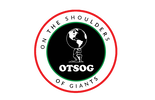
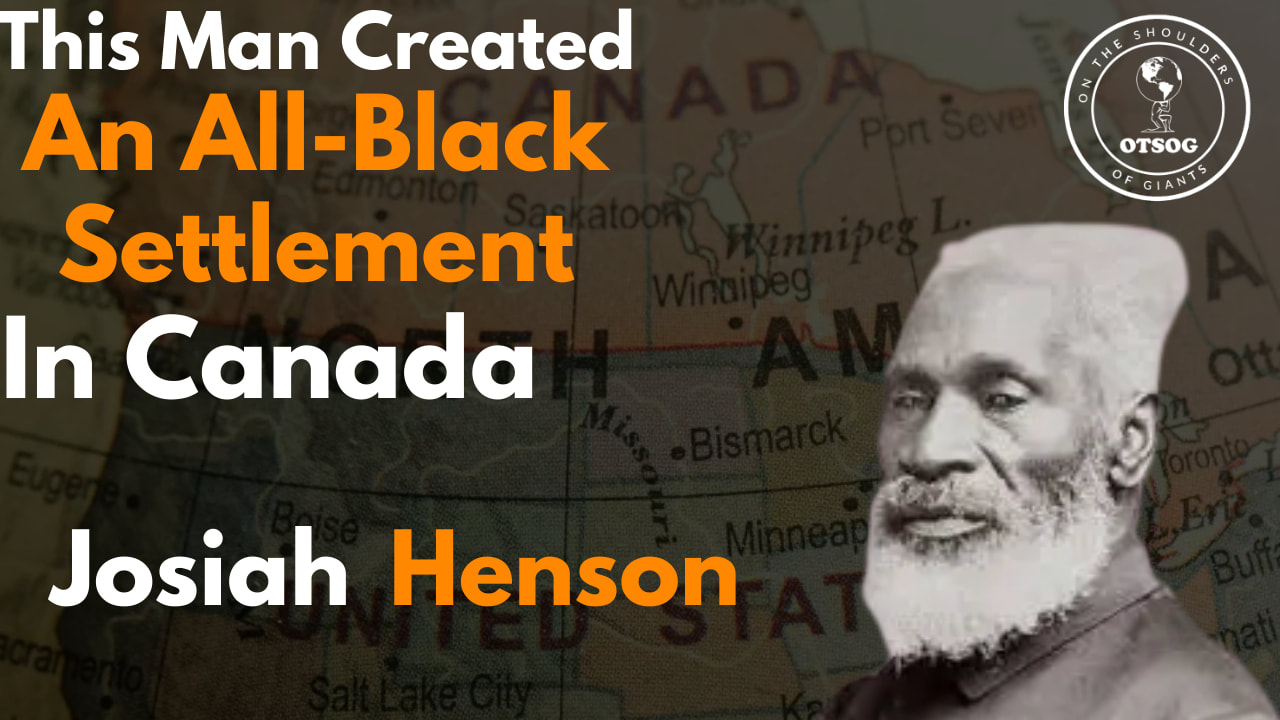
 RSS Feed
RSS Feed
